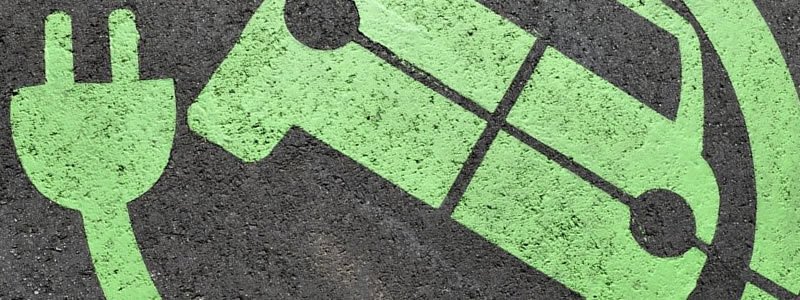
COPENHAGEN – Large fleets of electric vehicles (EV’s), intelligently connected and managed, can function as a significant energy storage resource to help balance supply and demand on the future grid, powered by renewables. Europe has taken the lead in this development, as it is currently conducting approximately 55 percent of all global vehicle to grid (V2G) projects.
Together with second life battery stationary storage systems, V2G projects can help to manage power demand and provide balancing services, while also reducing the impact of EV charging stations, thus enhancing flexibility and grid reliability. This is shown by The EV and Stationary Energy Storage Synergy Report of IHS Markit Technology.
The results will be presented by Senior Analyst Julian Jansen at the Energy Flexibility Forum (EFF) in Copenhagen at the 11th and 12th of June. This two day conference and exhibition, organised by Solarplaza, will explore solutions for the sustainable energy transition. Energy storage will be one of the greatest challenges, when power generation is shifting to decentralised renewable generation, based on variable wind and solar energy.
"The primary application of an electric vehicle is of course offering mobility to its owner, but it can also serve as a storage system on wheels.”
According to IHS Markit, the growth of electric vehicles creates both challenges and new opportunities for stationary energy storage. On the one hand EV’s can be deployed as mobile batteries, on the other hand their used battery packages can be repurposed to provide a lower cost, more sustainable solution for stationary storage systems.
"The primary application of an electric vehicle is of course offering mobility to its owner, but it can also serve as a storage system on wheels.” Jansen explains. "Especially when a fleet of vehicles is plugged in at a single location to charge or discharge, they can help balance the grid. If they can be intelligently connected and managed as part of a virtual power plant, you have a significant storage resource at your disposal.” At the moment multiple projects in Europe are showing that technical challenges can be successfully overcome.
EV’s provide further resources in the form of second life batteries, that can be used in stationary storage systems, the IHS report states. EV-batteries are replaced after 5 to 8 years when they reach around 80 percent of their original capacity, but can still be used for other purposes. Jansen: "80 Percent usable capacity is plenty for many stationary applications. It’s a waste to throw them away.”
Jansen leads IHS Market’s global research on energy storage and analysed the deployment of second life batteries. According to the report, frequency regulation is the top application for stationary storage systems utilising second life batteries. A third of all second life battery projects are currently providing frequency regulation to keep the European grid at a stable 50 Hz, as part of stationary energy storage systems. "It you provide frequency regulation you don’t necessarily need 90 or 100 percent battery capacity, as the battery usually does not need to be fully discharged,” Jansen says.
The second most applied purpose for second life batteries is local network support. Local Distribution System Operators (DSO’s) are deploying these storage systems for congestion relief, distribution upgrade deferral or to solve peak demand issues on local feeder networks, thus saving or deferring large investments into new grid infrastructure.
"The growth of e-mobility will further drive the convergence between the two industries and it is especially automotive players that are quickly driving forward the development this convergence.”
The third most used application is solar self-consumption for residential or commercial customers. By using second life EV-batteries to store their generated solar power, they don’t need to buy new home battery packages at higher prices and have the added benefit of sustainability
Stakeholders from both the automotive and energy industries are driving the synergies between e-mobility and stationary storage. Companies like Nissan already test and refurbish used EV-batteries and reassemble them into stationary storage systems or new EV-packages, sold at lower prices. "Thus they are prolonging the useful life of a battery,” says Jansen. "The growth of e-mobility will further drive the convergence between the two industries and it is especially automotive players that are quickly driving forward the development this convergence.”
